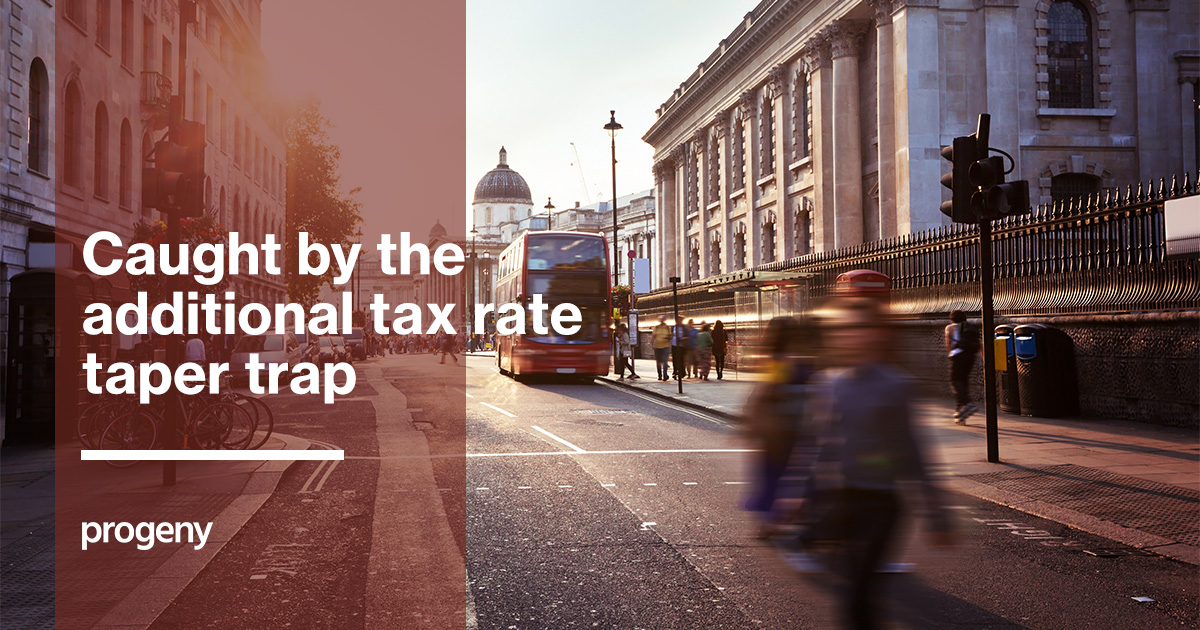
A growing number of taxpayers are being caught by the personal allowance taper, which will be exacerbated by the reduced additional rate tax threshold of £125,140.
With many also questioning why the new threshold is not a round number, a short history of tax setting provides the answer.
Too close for comfort
Seven chancellors ago in 2009, the then occupant of 11 Downing Street, Alistair Darling, had a not uncommon problem. He needed to raise some extra tax. His basic solution was to create a new income tax rate, the additional rate, but to raise enough revenue, the new band’s threshold would have been too close for political comfort to £100,000.
To avoid this problem, the threshold was set at £150,000 and the potential lost tax replaced by tapering out the personal allowance once income exceeded £100,000. The change went through in the Finance Act 2009 but did not take effect until the 2010/11 tax year.
Taper remained in place
The £150,000 and £100,000 thresholds and taper have remained in place ever since. The taper operates by reducing the available personal allowance by £1 for each £2 of adjusted net income over £100,000.
In 2010/11, that meant that the personal allowance (then £6,475) was lost completely once income reached £112,950.
The practical effect of the taper was to introduce a tax rate of up to 60% in the band where taper applied (£2 in the taper band of income meant tax was payable on £3).
Revenue raising ruse
Fast forward to the Autumn Statement of November 2022 and the new Chancellor, Jeremy Hunt, also alighted on additional rate tax to supply more revenue. His approach was to cut the additional rate threshold in 2023/24 to £125,140.
But why not £125,000, as press rumours had suggested? The answer can be found in Mr Darling’s taper ruse.
The personal allowance is now £12,570 (frozen until April 2028), which means that the allowance is not lost until income exceeds £125,140.
Had Mr Hunt picked £125,000, the additional rate would have applied to the top £140 of the taper band, producing an effective tax rate of up to 67.5%.
Assess your options to tackle the taper
A growing number of taxpayers are being caught by the personal allowance taper. Combined with the reduced additional rate threshold, it will effectively mean that higher rate tax stops at £100,000 from the next tax year.
If you are a taper victim, then make sure you seek advice on your options to ease the pain of retaining only 40p in every £1 of income.
If you would like to discuss your situation, please get in touch.








